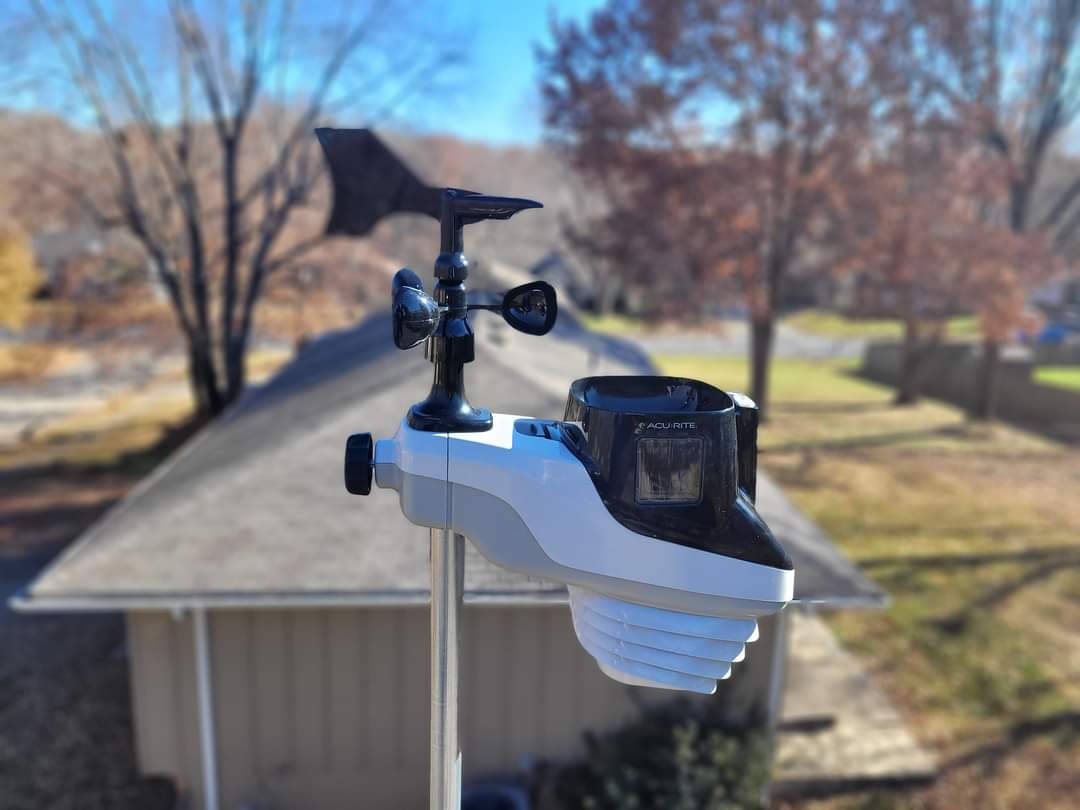Tornadoes are powerful weather events. They can cause significant destruction in a short amount of time. Often, they leave behind devastating destruction in their wake. Understanding the Influential Factors Affecting tornadoes is crucial for predicting their impact. This knowledge enables communities to take necessary precautions, such as issuing timely warnings and preparing emergency plans.
In this blog post, we’ll look at three key factors that impact tornado strength. These include atmospheric conditions, geographic location, and the presence of severe thunderstorms. By examining these aspects, we can gain valuable insight into how tornadoes form. We can also understand the circumstances that can lead to their intensification. This ultimately fosters a greater awareness of how to safeguard lives and property during such extreme weather events.

Keep in mind that this post is not a post to teach you how to storm chase. I am just trying to educate you on how these specific elements affect tornado genesis. I will also explain what to look for during such events. Understanding these dynamics is crucial as they play a significant role in forming these powerful storms. These three points are not the only factors you should consider. In fact, many more elements in a tornado can influence its strength and behavior. These include atmospheric conditions, topography, and moisture levels.
I will focus on these top three elements. They are most commonly observed in tornado formations. Each of these has unique characteristics that can indicate the potential for a tornado to develop. Now, let’s delve into the first point. We will explore how these three things contribute to tornado genesis.
Influential Factors Affecting Tornadoes
- Moisture Content in the Atmosphere: Moisture is crucial in tornado formation and intensity. When the air near the ground is moist and warm, it rises. This creates a strong updraft. It can lead to the formation of a tornado. The more moisture in the air, the stronger the updraft and the stronger the potential tornado. In contrast, dry air can inhibit tornado formation and weaken the storm system, leading to weaker tornadoes. Too much moisture can cause a tornado not to form. Dew points at 1000 feet and below generally have to be 60 or slightly higher. The dew point depression measures air temperature and dew point temperature. It needs to be less than 20 degrees. You want the temperature to be as high as possible. Dew points should also be high. They must not exceed 20 degrees with dew point depression. Typically, the greater the dew point depression, the higher the cloud base. This makes it harder for tornado genesis to happen.
- Wind Shear: Wind shear refers to the change in wind speed over a short distance. It also involves a change in direction, which can significantly impact weather phenomena. In the atmosphere, wind shear can elongate the rotating column of air associated with a tornado. This increases its strength. It also makes it more dangerous to surrounding areas and communities. On the other hand, weak wind shear can lead to a weaker tornado. Such a tornado may still pose risks. However, it is generally less destructive compared to those influenced by stronger shear. Understanding wind shear is crucial. It helps predict storm behavior and potential tornado formation. This allows for improved warnings and safety measures for those at risk.
- Temperature Differences: Temperature differences can also play a role in tornado strength. The ground temperature is much warmer than the higher temperatures in the atmosphere. It creates a strong temperature gradient. This gradient can fuel the formation and intensity of a tornado. This significant contrast can enhance the potential for severe storm development. If the temperature difference is weak, the tornado will likely be weaker. This often results in less intense weather phenomena. Examples include rain showers or lighter wind events, which may not lead to tornado formation.
Conclusion
In conclusion, understanding the impact of moisture content, wind shear, and temperature differences on tornado strength is essential. These three Influential Factors Affecting Tornadoes are crucial for predicting their behavior. Additionally, it helps in minimizing their impact. These factors are essential in forming and developing tornadoes. High moisture levels enhance atmospheric instability. This sets the stage for severe thunderstorms. Similarly, wind shear affects storm rotation. This is due to variations in wind speed and direction with altitude. Storm rotation is a key ingredient for producing tornadoes. Furthermore, temperature differences play a significant role. Warm, moist air at the surface contrasts with cooler, drier air aloft. This contrast can create the necessary conditions for violence. Influential factors affecting tornadoes will allow violence to unfold.
Staying informed about weather conditions is vital. By monitoring these factors, we can better prepare for dangerous weather events. We can save lives and reduce property damage. Community preparedness is critical during severe weather warnings. Moreover, effective communication plays a vital role. These elements ensure that residents are ready to take action when a tornado threat looms on the horizon.
Please consider reading more about this subject from a previous article titled, Tornado Genesis – A Scientific Report







